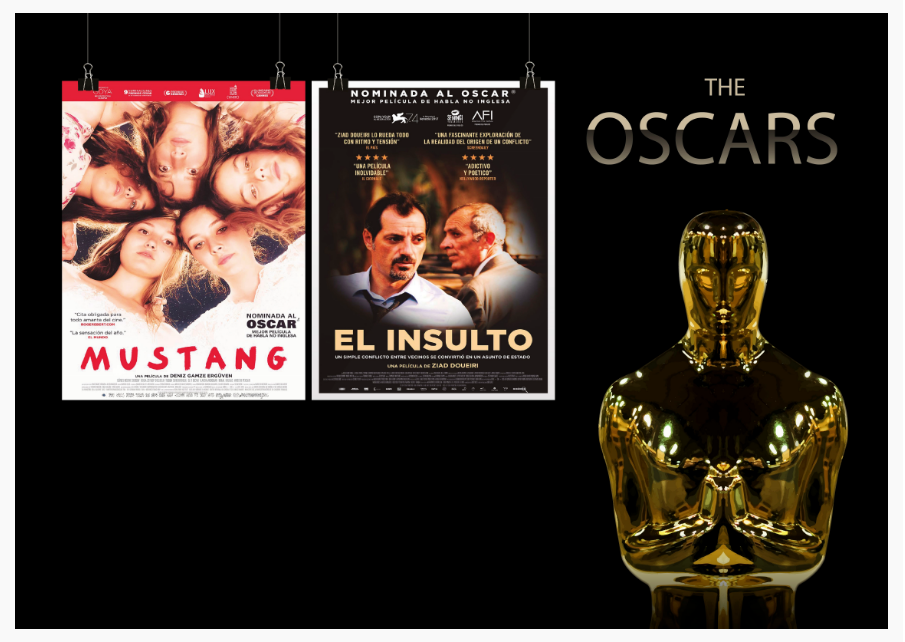‘As long as our brain is a mystery, the universe, the reflection of the structure of the brain will also be a mystery’ claimed by the father of neuroscience Santiago Ramón y Cajal. And there we are, looking for answers to understand how the brain works as its functioning has transcended the physiology to reach other areas of knowledge such as marketing.
Since then, technological advances have increasingly evolved by motivating a permanent adaptation in all sectors of society. But mainly, the business sector has rapidly changed as motivation for the digital transformation.
What is Marketing Science?
At the service of companies, a new discipline called Marketing Science has emerged by combining marketing and the new technological advances. Thus, neurotechnolgies, born for the analysis of the behaviour, have become part of marketing as a solution to obtain more accurate information and be able to manage it.
Aimed to analyse such information efficiently, concepts such as ‘neuromarketing techniques’ ‘measurement of emotions’ ‘insights’ or ‘Smart Data’ draw companies’ attention to solve the problem of the wealth of information.
What are the advantages?
The main advantages of applying Marketing Science are as follows:
- Real-time and objective data collection.
- Application of non-intrusive technologies in real environments.
- Use of scientific data strategically.
- Optimization of information for better understanding.
- Greater consumer and sector knowledge.
- Accuracy and reliability to run cost-effective strategies.
This strategic processing of information brings a greater flexibility, responsiveness and manoeuvrability and adaptation in the market.
To which sectors can it be applied?
The number of applications is directly proportional to the sectors to be susceptible of the object of study. Thus, any scenario or activity dressed to consumers can be analysed with the aim of maximising the marketing strategy.
Hence, plots, characters, product placement or commercial breaks among others are the main elements to be analysed in the media industry.
When considering discussions, the speaker, subject matter, structure or order are some of the pieces to be tested
In terms of retail, its focus is on what, how, when, where and how much users buy through their conscious and non-conscious reactions. This allows companies to identify the optimum channels or platforms where products must be commercialised.
With regard to building a brand, Marketing Science offers the objective data collection from the tangible and intangible aspects which emphasise the brand identity. Therefore, including this new discipline to the traditional qualitative analysis brings quality information to obtain more accurate conclusions.
Product test is another key sector where the market research is applied. Including Marketing Science for new launches or direct user-product interactions provides more specific information about non-conscious consumer behaviours.
Technologies
The advances Marketing Science is based on are both individual and group-based technologies as well as objective and subjective data processing, depending on market needs.
Among the technologies used in this discipline, the following stand out:
-
Sociograph
An exclusive technology able to measure, in real time, the physiological activity of a group of people, as well as processing data as a whole.
-
Facial Coding
A system to examine the micro-facial expressions and correlate them to the basic emotions (anger, disgust, fear, happiness, sadness, and surprise and neutral) by Paul Ekman. The study of the facial physiognomy analyses and tracks those gestures characterized by each emotion.
-
Eye Tracker
Recording device to track what part of the stimuli gets the most attention by the participants. This technology is based on the hypothesis that eye movements make easier a traceability of the focus of attention.
-
Dry Headset
EEG Device that measures a participant’s brain activity while interacting with stimuli.
-
Beacons
Bluetooth radio transmitters to identify the geographical location of participants an time spent in each of the geographical areas. Thus, this tool generates a positioning map about user’s journey and spent time at a place.
To sum up…
Applying Marketing Science allows companies to increase their profitability and satisfaction through an effective and quality communication for the user.
Follow Sociograph on Twitter and LinkedIn for the latest news!




